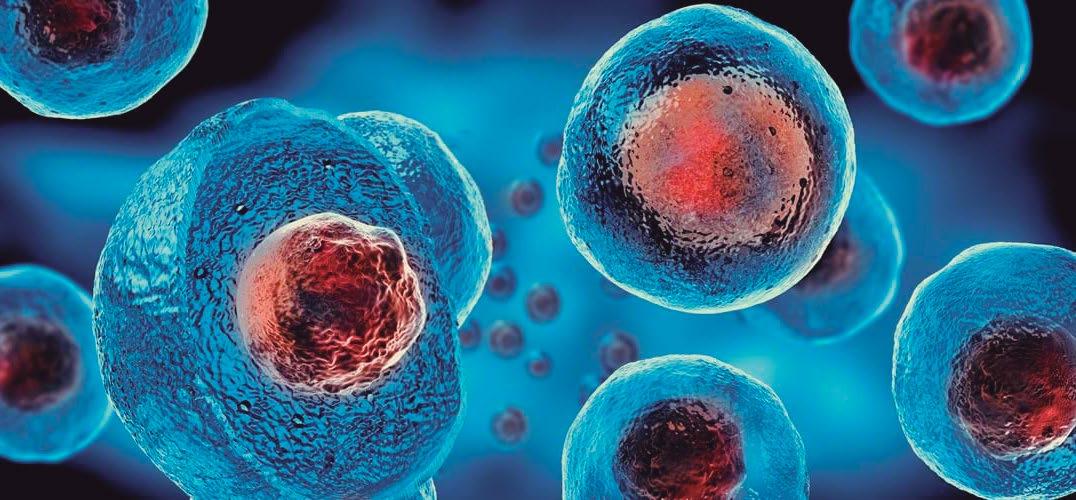
1 minute read
EDITORIAL
Science and Serendipity
«Some of humanity’s most dangerous enemies are of microscopic size»
Advertisement
– Antonio Lazcano
All through human history (and in the course of individual destinies) there have been different occasions when life makes us the gift of fortunate yet unexpected discoveries, made while we are looking for something else: the phenomenon we call serendipity. One of the luckiest of these, and the most important for humanity, was the discovery of penicillin in 1928. Thus, almost a century after the surprising discovery of the antibiotic most employed in all of medicine, without which modern life would have taken a different course, we devote this issue of Clinical Research Insider to various different approaches, by a wide range of specialized writers and researchers, to the use of antibiotics and the different means of preventing the appearance and propagation of bacterial resistance.
At the present time, international health organizations and biomedical research centers have joined forces to struggle against the misinformed and/or irresponsible use of the various antibiotics on the market. According to data from the United Nations, almost 700,000 people die around the world as a result of antimicrobial resistance. It is essential, therefore, that we talk about this issue and help to generate a culture of prevention worldwide.
We started 2021 with the very best specialized information, accessible and focused on the future. We would like to share with you here some of the notable advances in medical technologies and human assistance, along with the latest international news in the ongoing combat against COVID-19, as well as a group of entertaining texts in which a mix of scientific and human knowledge can be enjoyed.
To a year in which humanity has surpassed itself! And many thanks for being part of the CLiR experience!
Carolina Villanueva López, EIC
is a writer and editor. She is the editor-in-chief and content coordinator of Clinical Research Insider.








